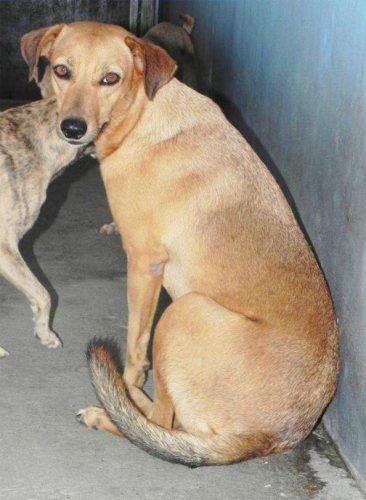
Types of breathing
Continued from last week Before we continue, as promised, with the discussion on different types of breathing, allow me to mention a few more conditions (see last week’s TPC) which can contribute to respiratory diseases.

Continued from last week Before we continue, as promised, with the discussion on different types of breathing, allow me to mention a few more conditions (see last week’s TPC) which can contribute to respiratory diseases.

We have already described the management of the wound which has been sutured shut.
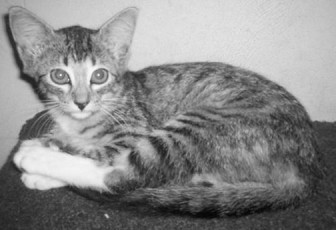
Continued The week before last, we discussed the ‘washing out’ of the wound.
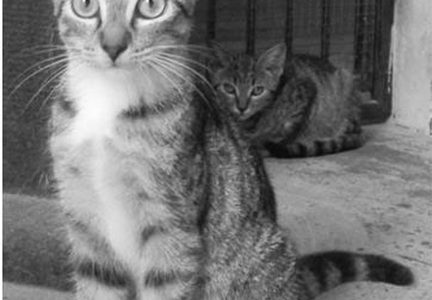
Treatment of wounds Over the last few weeks, we have been discussing various aspects of wound management.

Continued In order to implement better wound management procedures, it seems appropriate that the wound healing process be understood.

Continued Last week, we discussed the emergency control of haemorrhaging due to cuts and assorted wounds on the extremities (legs, tails), etc.

Let us today begin with a new chapter – a discourse on wounds.

Many wild creatures are kept as pets. Sometimes, the intentions of the owners of these pets are very noble; they may have rescued an injured, orphaned animal from the wild, or the animal lover may have bought the wild animal off a trader or hunter, because it was being kept under deplorable conditions and was perceived to be suffering.

I’ve kept this topic for last, on purpose. So many myths have been bandied about on this issue.

ContinuedSnake bite There was a time whenever I heard ‘snake bite’ as a cause of death, especially among domestic livestock, I used to laugh and deem it an embarrassment diagnosis.

Food poisoningActually, I should call this ‘garbage poisoning’ because most of these toxicities are associated with the ingestion of garbage and the like.
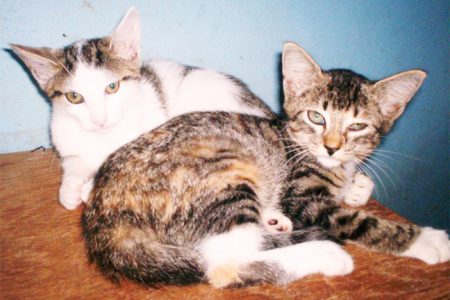
Poisoning with petroleum products Dogs, as I have mentioned before, are a species characterized by curiosity.

Organophosphate poisoningThere are several chemicals on the market which pet owners use to eliminate ectoparasites (ticks, fleas, lice, etc) and which have a base ingredient of organophosphates or carbamates.

Continued Since we are dealing with various poisons, it is quite appropriate that we rely on scientists who have reported on specific toxicities.

Continued Arsenic Several weed killers, rat baits and insecticides contain arsenic and a chemical called metaldehyde, both of which are highly toxic substances.

Strychnine In the past, many of the rat poisons contained strychnine.

Continued Heat stroke After having dealt so copiously with emergencies associated with poisonings, we may now return to other life-threatening circumstances.
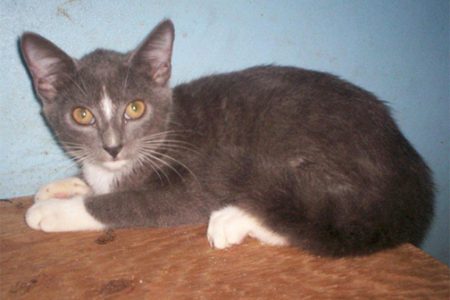
Continued During the final two weeks of last year, we took a break from science and indulged in more light-hearted discussion.

We consider this message so important that we will repeat the advice we gave in the Pet Corner during the season last year.

Today, on the threshold of Christmas, we’ll deal with food intake, and next week we will continue with ‘What not to do to pets during the festive seasons.’
The ePaper edition, on the Web & in stores for Android, iPhone & iPad.
Included free with your web subscription. Learn more.